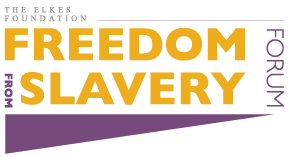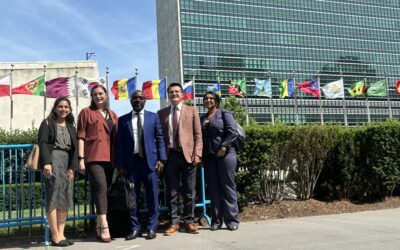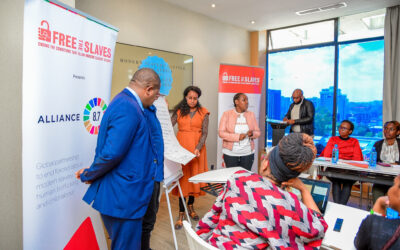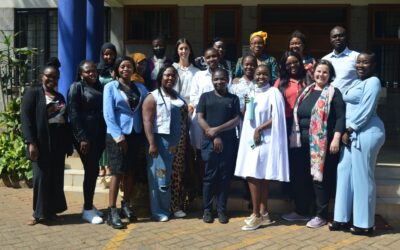AP investigative journalist Martha Mendoza says covering modern-day slavery is fraught with ethical challenges—including the risk that the people you are trying to help might be killed instead.
“If you show their face, they can be eliminated as evidence,” Mendoza told anti-slavery leaders gathering at Stanford University last week for the annual Freedom from Slavery Forum.
Mendoza’s blockbuster reports earlier this year about slavery on Southeast Asian fishing boats have led to 2,000 men being freed, nine arrests and the confiscation of two fishing vessels.
But Mendoza had to wait to go public with what she had found. Publication was delayed because slaves whose photos and testimonies would be portrayed in the articles could face punishment or death if their identities became known.
Journalists don’t typically tip off government authorities before going to press, and AP standards prohibit the blurring of faces in photos to obscure a person’s identity. So Mendoza’s team faced an ethical dilemma.
“This has pushed us in uncomfortable ways,” said Mendoza.
But in the end, The Associated Press chose to prioritize the safety of the slaves they had interviewed and photographed. Mendoza contacted the International Organization for Migration (IOM) for help. Fortunately, the IOM was able to rescue those pictured, along with hundreds of others. Many were met by joyful reunions in their home villages from which they had long been absent. The Indonesian Fishing Ministry subsequently seized the boats.
This story behind the story was the public keynote event at this year’s Freedom from Slavery Forum. Sponsored by Free the Slaves, the Elkes Foundation and Stanford’s Handa Center for Democracy, Development and the Rule of Law, the three day conference brought together 41 human trafficking experts from 37 different organizations to discuss ways to strengthen the anti-slavery movement.
“This is a joint effort by a large group of anti-slavery organizations that are coming together to identify and pursue shared goals,” says Free the Slaves Executive director Maurice Middleberg. “That’s really the importance of this event — the collaboration taking place among the anti-slavery organizations.”

That collaboration includes finding ways to work effectively with journalists around the globe.
While emphasizing that journalists and nonprofit leaders need to work together to reveal truth and effect change, Mendoza described some frustrations in tracking fish caught by slaves as it moved from Indonesian waters to American stores. When she started the project, Mendoza knew that in order to make the public care, she had to prove the fish was going to stores where Americans commonly shop.
“We have to get the fish to Wal-Mart or wherever it’s going. We have to be more systematic and more direct with the supply chain,” said Mendoza. It was not easy to convince activists that this was possible. “Those I talked to said: that’s the Holy Grail; good luck with that. It cannot be done.”
However, Mendoza and her team did trace the path that slavery-tainted fish takes from fishing boat to supermarket. Their story started with an enclave of men found in cages on a small Indonesia island. In describing the shocking nature of this discovery, Mendoza said: “Why is it in 2015 that the AP has to find a man in a cage for people to understand that there is human trafficking going on? But these images were critical.”
Mendoza and her team then tracked the culprit boats from port by using satellite technology. The team met the boats as they landed and then followed trucks into which the fish were loaded. Once the team saw which processing factories the fish was delivered to, they began tracing the product from owner to owner all the way to the United States.
“A fish can go through 30 different owners before it reaches your plate,” said Mendoza.
Mendoza’s insights on the challenges of covering slavery included a realization that constant vigilance will be required to make a true lasting impact, even though her reports have led to one of the largest rescue operations in recent history.
“All we are is frustrated because we know those 2,000 people were replaced just like that,” she said. “We know that while this one went down, there are many more.”
Learn more about cleaning-up slavery tainted supply chains on our Slavery-Free Commerce webpage.
Learn more about the Freedom from Slavery Forum on our Training and Conferences webpage.



